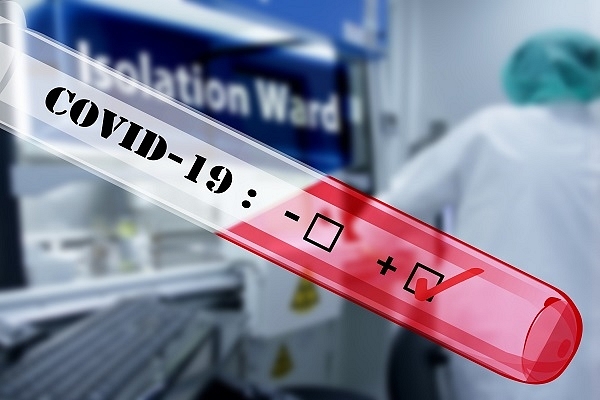
Why Developing And Deploying Serological Testing Holds The Key To An Informed Fight Against Covid-19
Here is a short explainer on types of testing that are being used to identify Covid-19: genetic and serological and why, out of the two, serological tests will hold the key to shaping containment strategies by helping us understand how fast the virus is spreading.
The current coronavirus disease, Covid-19, has been described as a once-in-a-century pandemic.
Various draconian measures have been imposed by governments across the world to curb the spread of infection including complete lockdowns of cities thereby bringing entire economic activities to a grinding halt. The containment strategies have been devised in the absence of robust disease data especially around the prevalence of the infection in the general section of population. It is in this context that testing strategies becomes critical.
Here is a short explainer on types of testing that are being used to identify Covid-19: genetic and serological and why, out of the two, serological tests will hold the key to shaping containment strategies by helping us understand how fast the virus is spreading.
Genetic Testing
Within days of Chinese researchers releasing the genomic sequence of the novel coronavirus on 11 January, scientists moved quickly to develop tests capable of detecting genetic sequences that distinguish the new agent from other coronaviruses circulating in humans.
The genetic testing or COVID-19 RT-PCR test is a real-time reverse transcription polymerase chain reaction (rRT-PCR) test for the qualitative detection of nucleic acid from SARS-CoV-2 in upper and lower respiratory specimens (such as swabs, sputum, lower respiratory tract aspirates, nasal aspirate etc) collected from individuals suspected of COVID-19 by their healthcare provider.
The SARS-CoV-2 RNA is generally detectable in respiratory specimens during the acute phase of infection. Positive results are indicative of the presence of SARS-CoV-2 RNA; clinical correlation with patient history and other diagnostic information is necessary to determine patient infection status.
The genetic testing is done by copying any RNA collected into DNA, using an enzyme called reverse transcriptase. DNA is then amplified in quantity by a process called the polymerase chain reaction. The now-amplified DNA is sequenced and matched (or not) against the sequence that would be expected if the starting point was RNA from the virus.
Several public health bodies and even private companies around the world have developed their own variant of this test though it adheres to a generally accepted protocol.
The genetic testing method, however, has a major limitation. Since it looks for snippets of viral genetic material in nose and throat swabs or fluid collected from the lung, this testing method only works when somebody has an active infection.
There are several other reasons why someone infected with COVID-19 may produce a false-negative result through genetic testing method. This includes the possibility that respiratory symptom has not yet manifested, resulting in little detectable virus in the patient’s throat and nose. Problems with sample collection (including very little sample collected, poor handling and shipping of samples and test materials and technical issues inherent in the test, e.g. virus mutation are other possible limitations.
Serological Testing
The current testing strategy is focused on sympotmatic cases with history of travel or those in close contact with them showing symptoms. However, to understand the spread of COVID-19 through a larger population it is also important to know who has been infected in the past and recovered. It helps determine the true scale of the global pandemic. For this, scientists need to test a person’s blood for antibodies to the new virus to tell whether a person has been infected in the past because the body retains antibodies against pathogens it has already overcome.
The serology test will look for the presence of antibodies, which are specific proteins made in response to infections. Antibodies can be found in the blood and in other tissues of those who are tested after infection. The antibodies detected by this test indicate that a person had an immune response to SARS-CoV-2, whether symptoms developed from infection or the infection was asymptomatic. Antibody test results are important in detecting infections with few or no symptoms.
Widespread antibody testing could also constitute a crucial part of efforts to model the path of the pandemic. Some of the current predictions vary so widely, with questions being asked on the rationale for containment methods such as lockdowns and social distancing. By indicating how much of the population is already immune because of mild infections, serological data holds the key to understand how fast the virus will continue to spread and help shape response strategies.